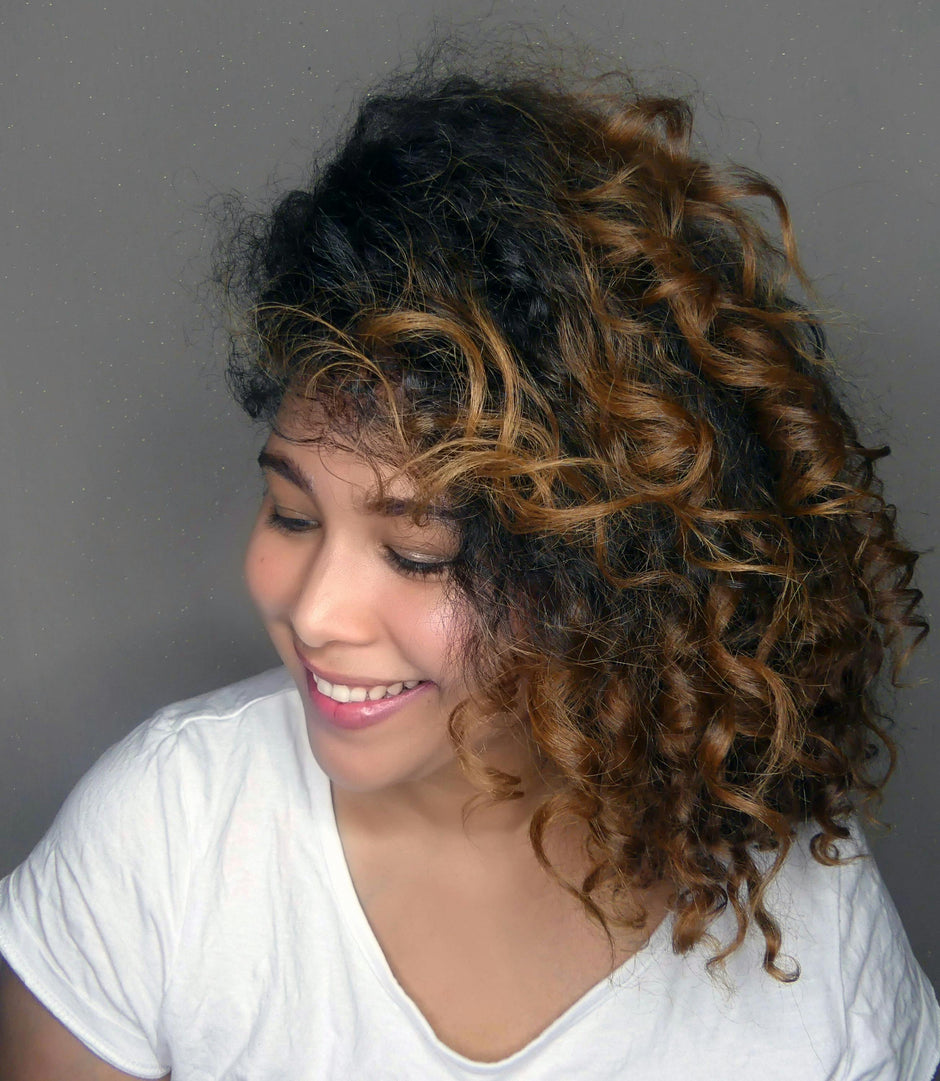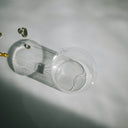Minoxidil is a topical treatment commonly used for hair loss, especially in cases of androgenetic alopecia, also known as male or female pattern baldness. Its efficacy has made it a popular choice among individuals seeking to restore hair growth. However, many users often wonder about the optimal timing for starting minoxidil treatment. Specifically, they might ask, "When is it too late to use minoxidil?" This article aims to provide a comprehensive answer to this question while exploring the effectiveness and limitations of minoxidil as a hair restoration solution.
Table of content
When is it too late to use minoxidil?
It is generally believed that it is never too late to start using minoxidil, but the effectiveness may diminish depending on the extent of hair loss and the duration of the condition. The best results are typically seen when treatment is initiated in the early stages of hair thinning. Studies suggest that individuals who start using minoxidil while they still have some hair can achieve better results than those who have already experienced significant baldness. Therefore, while there is no definitive cut-off age or stage for using minoxidil, starting as early as possible can lead to improved outcomes.
Minoxidil works by revitalizing hair follicles, promoting hair regrowth, and slowing down hair loss. If used consistently, it can lead to visible improvements within a few months. However, once hair follicles have completely miniaturized or disappeared due to prolonged androgenetic alopecia, minoxidil may be less effective. In such cases, it might be advisable to consult with a healthcare professional to explore alternative treatments.
As your leading source for hair health information over the past 4 years, we never compromise on accuracy. When it comes to your health, you deserve information you can truly rely on - and earning your trust is our top priority.
Here's how Scandinavian Biolabs ensures every piece of content meets the highest standards of accuracy and integrity:
- Credentialed Experts: Our reviewers are actively practicing doctors and medical researchers
- Stringent Reviews: Content undergoes rigorous editing by subject specialists and review by a practicing doctor.
- Evidence-Based: We rely on well-established research from trusted scientific sources like peer-reviewed journals and health authorities.
- Full Transparency: Our editorial standards, writer credentials, reviewer credentials, correction process, and funding are all publicly documented.
- Independent Voice: While we do promote products, we operate in a vacuum to business operations. Our main goal is just an unwavering commitment to providing medically-sound guidance.
You can count on Scandinavian Biolabs to consistently deliver the trustworthy health information you deserve. Read our Editorial Standards.
The Importance of Early Intervention
Early intervention is critical when it comes to hair loss. Hair thinning usually begins gradually, and many individuals may not notice the initial changes until they become more pronounced. Starting minoxidil treatment as soon as hair loss is recognized can help in maintaining existing hair and potentially regrowing lost hair. In contrast, waiting too long may lead to irreversible hair loss, making the treatment less effective.
Factors Affecting Minoxidil Efficacy
Several factors can influence the effectiveness of minoxidil, including:
- Age: Younger individuals tend to respond better to minoxidil compared to older adults.
- Duration of Hair Loss: The longer the hair has been thinning, the less likely minoxidil will be effective.
- Extent of Hair Loss: Individuals with more advanced hair loss may see diminished results.
- Consistency of Use: Regular, consistent application as directed is crucial for achieving the best results.
Signs that it May Be Too Late
While minoxidil can be beneficial at almost any stage of hair loss, there are indicators that it may be too late for effective treatment:
- Complete Baldness: If the scalp is entirely bald, particularly in the crown area, minoxidil may not yield satisfactory results.
- Thinning Hair Follicles: If hair follicles have significantly shrunk, indicating a prolonged period of hair loss, treatment may be less effective.
- Absence of Hair Growth: If you have been using minoxidil for several months without any signs of hair regrowth, it may be a sign that it’s too late.
Consulting a Professional
If you are uncertain about when to start minoxidil or whether it’s too late for you, consulting a dermatologist or a hair loss specialist can provide personalized guidance. They can assess your condition, discuss your medical history, and recommend the best course of action. In some cases, they may suggest combining minoxidil with other treatments such as finasteride or low-level laser therapy for enhanced results.
Alternatives to Minoxidil
For those who may find it too late for minoxidil or want to explore other options, several alternatives exist:
- Finasteride: An oral medication that can help slow hair loss and promote regrowth in men.
- Hair Transplant Surgery: A surgical option for restoring hair in areas of significant baldness.
- Low-Level Laser Therapy (LLLT): A non-invasive treatment that uses laser light to stimulate hair follicles.
- Platelet-Rich Plasma (PRP) Therapy: A treatment that uses components of the patient's blood to promote hair growth.
Conclusion
In summary, while there is no specific age or stage at which it is definitively too late to use minoxidil, starting the treatment early can significantly enhance its effectiveness. Individuals experiencing hair loss are encouraged to consult with a healthcare provider to determine the most appropriate treatment plan for their specific situation. Remember, timely intervention is key in the battle against hair loss, and there are various options available to help individuals regain their confidence and hair.
Minoxidil Side Effects Got You Down? There's A Plant-Based, Drug-Free Option.
Minoxidil can be a double-edged sword for hair regrowth. It works, but often comes with scalp irritation and unwanted hair growth. Maybe you'd prefer a gentler approach altogether?
The good news is, effective alternatives exist. Many simply aren't aware of them.
Here's what you likely crave:
- Soothe the Scalp: Ditch the itch and irritation.
- See Real Results: Noticeable hair regrowth, not just less shedding.
- Safe for Everyday Use: A trusted product you can rely on.
Bio-Pilixin® to the Rescue
Bio-Pilixin® is a clinically tested, drug-free answer to your hair loss woes.
- Gentle Yet Effective: Powerful results without harsh chemicals.
- Help Reduce Shedding, Increase Growth: Studies show significant hair regrowth for users.
- Safe & Plant-powered Formula: Confidence you can use Bio-Pilixin® daily.
Bio-Pilixin® offers the powerful, yet gentle approach you've been searching for.
Read more:






